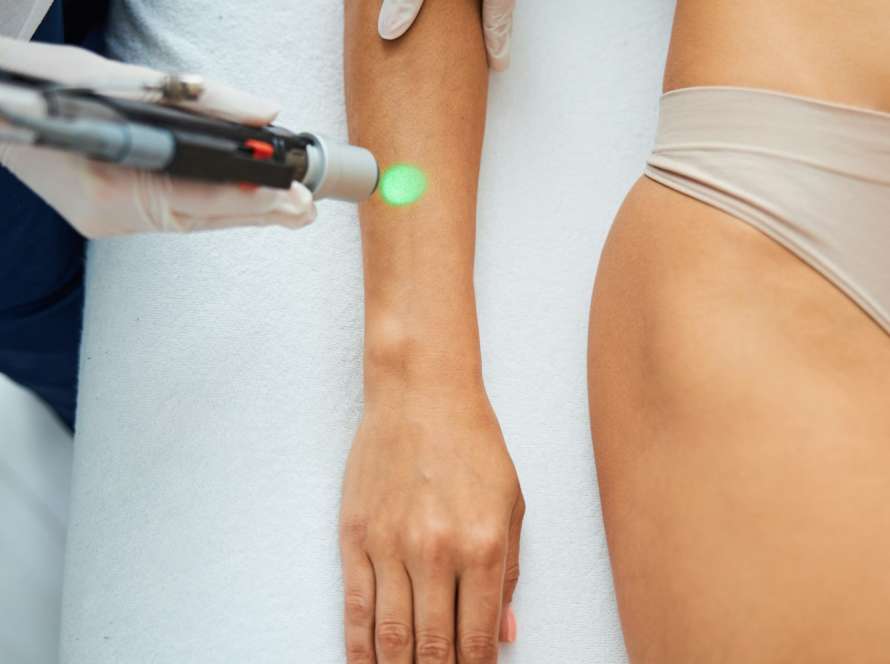Aesthetic medicine has undergone a remarkable transformation over the past few decades, evolving from simple cosmetic procedures to a sophisticated blend of science and artistry. This field, once primarily concerned with enhancing appearance, now plays a vital role in improving patients’ overall well-being and self-esteem. The journey of aesthetic medicine is one of innovation, driven by advances in technology, medical research, and an ever-growing understanding of human anatomy and psychology.
The Early Days: From Ancient Practices to Modern Beginnings
Aesthetic treatments have existed for centuries, with ancient civilizations such as the Egyptians and Greeks using rudimentary methods to enhance their appearance. However, it wasn’t until the 20th century that aesthetic medicine began to take shape as a specialized field. Early practitioners focused on surgical procedures like facelifts and rhinoplasties, which were often invasive and carried significant risks.
As the field progressed, non-surgical treatments gained popularity. Botox, introduced in the 1980s, marked a turning point, offering patients a less invasive option for reducing wrinkles and fine lines. The demand for such treatments skyrocketed, leading to the development of a wide range of minimally invasive procedures that deliver impressive results with minimal downtime.
The Role of Technology: Pioneering a New Era
The rise of technology has been instrumental in shaping modern aesthetic medicine. Advanced imaging techniques, such as 3D facial mapping and AI-driven analysis, allow practitioners to create personalized treatment plans tailored to each patient’s unique features and goals. This level of customization ensures more natural and harmonious results, enhancing patient satisfaction.
Laser technology has also revolutionized the field, enabling precise treatments for skin resurfacing, hair removal, and pigmentation correction. These innovations have expanded the possibilities of aesthetic medicine, making it accessible to a broader audience and allowing for a more holistic approach to beauty and wellness.
The Art of Aesthetic Medicine: Beyond the Surface
While technology plays a crucial role, the artistry of aesthetic medicine cannot be overlooked. Skilled practitioners view the human face and body as a canvas, where even the smallest adjustments can make a profound impact. The art of aesthetic medicine lies in understanding the delicate balance between enhancing natural beauty and maintaining authenticity.
Practitioners must have a deep understanding of facial anatomy, proportions, and symmetry to achieve the desired results. This requires not only technical expertise but also an artistic eye that can appreciate the nuances of each patient’s unique features. The goal is to enhance, not alter, a person’s appearance, ensuring they feel more confident while still looking like themselves.
The Integration of Wellness: A Holistic Approach
Modern aesthetic medicine is no longer limited to physical appearance. The integration of wellness practices has become a significant trend, with many clinics offering services that address both the mind and body. From nutrition counseling and stress management to skincare and anti-aging treatments, aesthetic medicine now encompasses a holistic approach to health and beauty.
This shift reflects a growing recognition that true beauty comes from within. By addressing the underlying factors that contribute to aging and skin concerns, such as stress, diet, and lifestyle, practitioners can help patients achieve lasting results that go beyond the surface.
The Future of Aesthetic Medicine: What Lies Ahead
The future of aesthetic medicine is filled with exciting possibilities. As research continues to advance, we can expect to see even more innovative treatments that are safer, more effective, and less invasive. The use of stem cells, regenerative medicine, and personalized genetic treatments are just a few areas that hold promise for the future.
Additionally, the focus on patient education and empowerment is likely to grow. With the increasing availability of information, patients are becoming more informed about their options and more involved in their treatment decisions. This shift towards patient-centered care will continue to shape the evolution of aesthetic medicine, ensuring that it remains a dynamic and responsive field.

